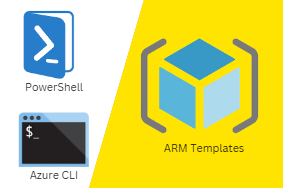Security concerns regarding data storage with Google revolve around two primary issues: (1) what happens if my data gets lost/stolen or if someone hacks into my account; and (2) to what extent can I control access to my data? The first question relates directly to backups. All major web platforms, including G-Cloud, have sophisticated backup systems that automatically store at least one copy of your files in multiple locations. While some hackers may be able to infiltrate these systems for a few minutes, few will be able to hold on for long. Still, it’s always good practice to make regular manual backups—just so you know you’re covered from any number of eventualities. As far as controlling access goes, there are limitations imposed by each company on how much you can restrict people using its services. For example, WordPress restricts who can view and edit posts but doesn’t allow you to stop it from being indexed by search engines completely. If you want something more drastic, Google offers plenty of solutions; check out their Enterprise solutions page for more information. Of course, no online storage solution is foolproof—not even encrypted services like Dropbox and Wuala have been hacked yet but they still exist… So while most cloud computing options provide basic security features out of the box, don’t put all your eggs in one basket. Back up your content offline and use different sources wherever possible. Additionally, never re-use passwords across different accounts. If you do that today then try not to cry when one gets hacked tomorrow! Finally, don’t click suspicious links or attachments—even inside legitimate emails! We live in an era where cybercrime is rife and computers are easy targets. Always ensure that anything strange you see comes from a trusted source before engaging further.
Azure
How to create storage account in azure using arm templates?
To create a storage account in Azure using ARM templates, you can use the Azure Resource Manager (ARM) template deployment feature in the Azure portal. The process includes the following steps: It’s also possible to Read more…



0 Comments